The Wattson Audio Madison Amplifier Shows That Great Things Come In Small Packages
A Nifty New Creation from Swiss manufacturer CH Precision
This past May I visited the Munich High-End show for the very first and, as it turns out, last time. Next year the exhibition will take place at the beginning of June in Vienna, the city that served for centuries as the capital of the Hapsburg empire before it collapsed at the close of World War I. Despite Munich’s displacement, the mood at this year’s show was anything but funereal. I was pumped to discover a passel of enjoyable and exciting audio exhibits, including Cessaro, Marten and Goebel loudspeakers. But as exotic as some of this fare may have been, I was particularly captivated by a more modest system in the CH Precision room. No, not the big bruiser amps that this Swiss manufacturer was displaying or its formidable new digital playback system. Instead, I was intrigued by a demonstration that John Giolas, who was recently appointed CH’s global marketing director, gave about an innovative brand that CH had acquired in 2024: Wattson Audio.
As an inveterate bargain hunter, I’m always pleased to discover equipment that provides real bang for the buck. The $6495 Wattson Madison amplifier, a collaborative effort between Wattson Audio and CH Precision, does. It's a powerhouse: outputting 50 watts per channel into 8Ω, 75 watts per channel into 4Ω and 120 watts per channel into 2Ω.
Like the proverbial Swiss knife, the Madison can be deployed in a variety of configurations. It can be set to run in mono, stereo or bi-amp mode. This amplifier run by Giolas in the demo as a mono block pair had no problem powering a loudspeaker like the 90dB efficient Audio Vector R 10 Arrete in Munich. After hearing it, I couldn’t help wondering what the Madison would sound like on my Avantgarde G3 Trio loudspeakers, which are 109dB efficient at 19 ohms. Fortunately, Giolas, who has himself become something of a convert to high-efficiency loudspeakers, didn’t require too much persuading. I soon found a small package on my doorstep containing two amplifiers and separate Class D power supplies. According to Giolas, “The switching supply is heavily filtered, tightly regulated, and uses symmetrical DC converters to maintain stable, unwavering current delivery into any load. This architecture provides ideal operating conditions for Madison’s ultra‑low‑feedback Class AB output stage, ensuring that the amplifier delivers speed, control, and natural musicality without relying on heavy corrective feedback to stabilize the circuit.”
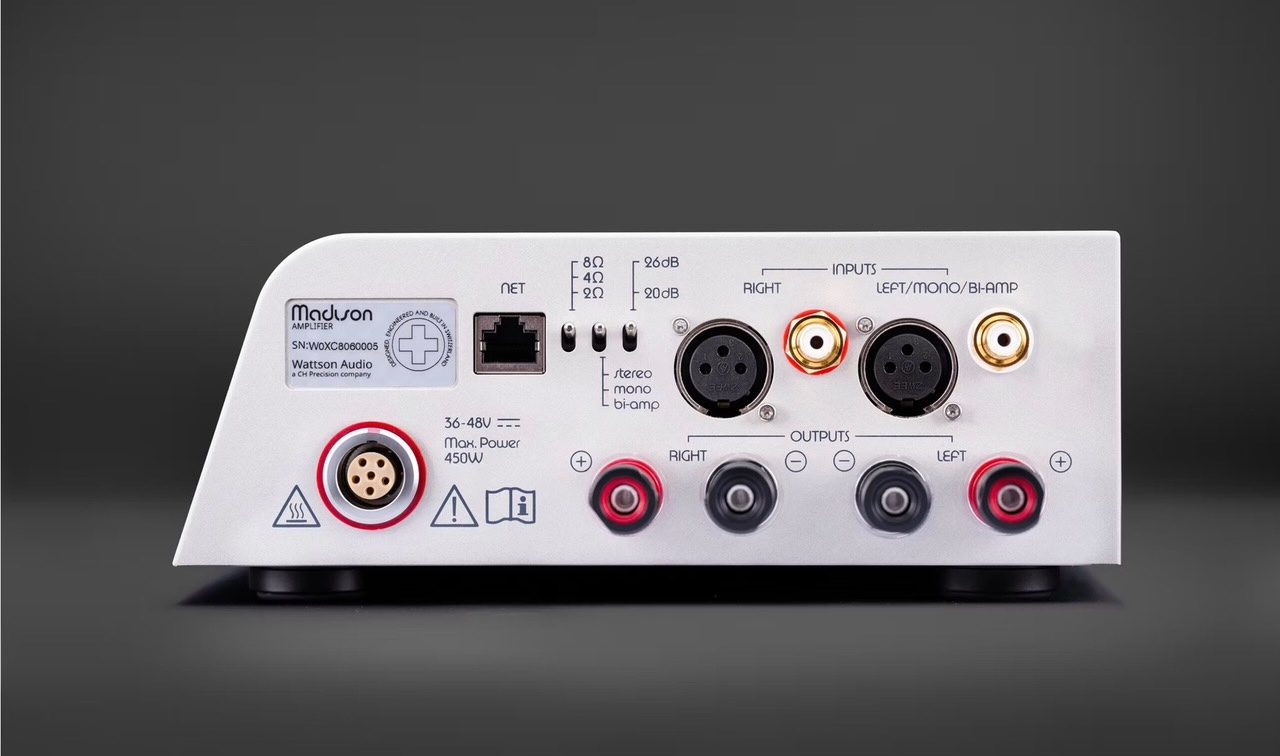 Wattson Audio Madison rear panel view
Wattson Audio Madison rear panel view
Key to the conception of the fully balanced, dual-differential, low feedback Madison is that it uses a single pair of bipolar transistors at the output. In my experience, the fewer transistors in the signal path the better. Over a decade ago I heard the salubrious effects a minimum of output transistors had on a Nagra Pyramid monoblock amplifier when coupled to my Magnepan 20.1 loudspeakers. Since then, I’ve become increasingly skeptical of complex amplifier designs. The Madison delivers a lithe, nimble and polished sound, especially on loudspeakers that don’t require gobs of current to drive.
The Madison amplifier features a solid-billet aluminum chassis that provides excellent shielding and mechanical stability. Despite its reasonable price the Madison amplifier like all Wattson Audio products is designed and manufactured in Switzerland and utilizes locally sourced "hand-selected" components and circuit design that draws upon CH Precision's reference level design expertise.
The first and most immediate characteristic of the Madison amplifier is its low noise floor. On album after album, I discerned an absence of haze and grain that translated into an abundance of detail. Take the song “Whole Lotta Love” on Led Zeppelin II, which I streamed via Qobuz on the dCS Varese digital playback system. It almost goes without saying that the amp had plenty of power in the nether regions—slam was plentiful. But what caught my attention was the percussion work by the legendary John Bonham towards the start of the song. The cymbals were rendered delicately and convincingly in space with lingering decays even as the rest of the band played on. A similar phenomenon occurred on Elvis Presley’s classic tune “Crying in the Chapel.” The backing chorus can get confused on a lesser amplifier or overshadowed by the great man crooning away. Not here. The Madison mono blocks kept the accompanying chorus firmly in hand, rendering it an easy task to follow its vocal lines. At the same time, the sumptuous quality of Elvis’ vocals truly was a treat to hear on the Madisons, particularly the way they captured his tremolo toward the end of the song.
This sense of delicacy was also abundantly apparent on classical music. One concerto that I’ve been listening to with some regularity in the past several weeks is a performance by the acclaimed virtuoso Julia Schröder of Mozart’s Violin Concerto No. 5 with the Collegium Musicum Basel. (Basel, a Swiss city located on the Rhine, has a first-rate conservatory specializing in performance practice of original instruments.) This fine recording was handsomely reproduced by the Madisons, which not only captured the decorous playing of the Collegium but also Fischer’s elegantly plangent tone in the second andante movement. The finesse with which it reproduced the nuances of Fischer’s trills in the second adagio movement was most impressive. Then there is her cadenza in the same movement. What came through vividly was not just the artistry of her playing, but also the sense of hall space—you could clearly the notes bouncing off the walls of the recording studio. Audiophile razzmatazz? Nope. Further testament to the low noise floor of the Madison, which simply allows more of the music to emanate during playback rather than being lost to distortion.
Given that this website is run by the stern strictures of one Michael Fremer, it was incumbent upon me to not rest content with streaming audio, as convenient as it may be, but also to dive into the capacious world of vinyl. As it happens, I, like Fremer, possess a direct-drive Wilson-Benesch GMT turntable, though mine also has the full recommended air suspension system. One of the LPs that I listened was the Deutsche Grammophon rerelease of Prokofiev’s Lieutenant Kije Suite conducted by Claudio Abbado with the Chicago Symphony (and recently reviewed on this site by Mark Ward). The Madisons delivered the bass drum whacks in the opening movement with thunderous authority.
The Madison was not exactly a slacker either in delivering Clark Terry’s trumpet work on a mono 1960 Decca recording of his that was rereleased by the French label, Sam records. Terry, who played for many years with Duke Ellington, had an almost unfathomable dexterity and versatility on the trumpet and flugelhorn, delivering a kaleidoscope of notes that testified to his overflowing musicality. On “Blues for the champs of champs,” the Madison proved itself a champion, nailing Terry’s grunting, growling and moaning sound on the trumpet. And Jimmy Woode’s bass sounded impeccably defined, a credit both to the original recording and the Wattson.
This diminutive amplifier punches above its weight class. Though this amp will not appeal to tube lovers—like its solid-state brethren, the Wattson Audio Madison simply doesn’t possess the image color and bloom of tube gear--its manifest strengths are quite compelling. Alexander Graham Bell famously declared, “Dr. Watson, come here!” After auditioning the Wattson Audio Madison amplifier, you might find yourself saying the very same thing about it.
Specifications
Specifications
Input impedance: 100kΩ
Output power: 2 x 50W / 8 Ω; 2 x 75W / 4Ω; 2 x 120W / 2Ω
Bandwidth: 1Hz to 400 kHz (-3dB)
Signal-to-noise, weighted (SNR-A): > 120dB
Total harmonic distortion + noise (THD+N): < 0.05%
Dimensions (W x D x H): 216 x 300 x 87mm;
8.5 x 11.8 x 3.5 inches (without binding posts)
Weight: 6.0kg; 13.25lbs
Power supply: 36V DC 350W external
Manufacturer Information
Wattson Audio
ZI Le Trési 6B
1028 Préverenges
Switzerland


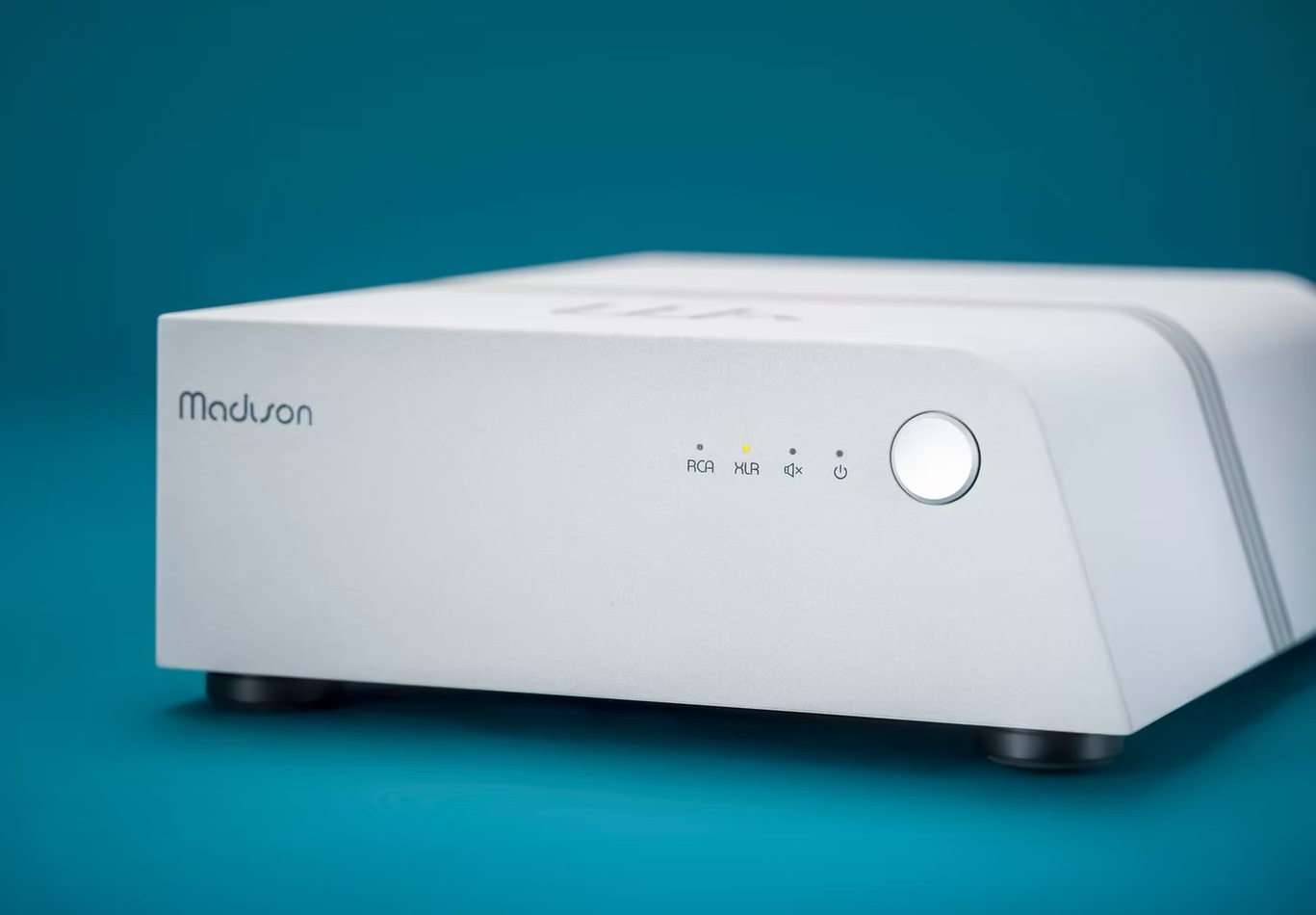






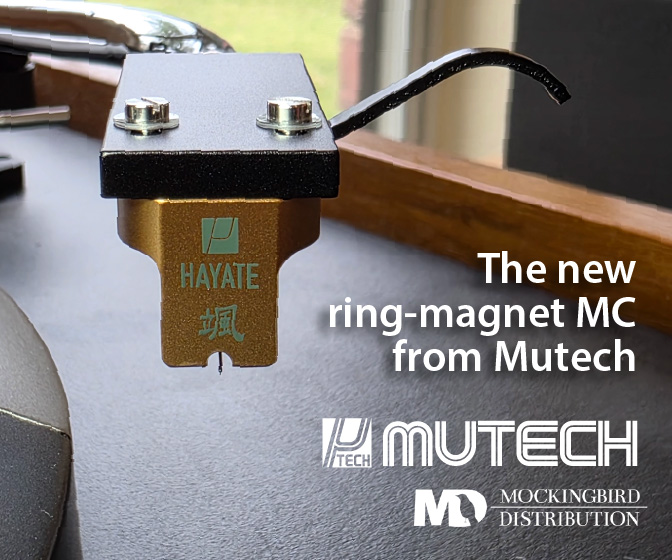
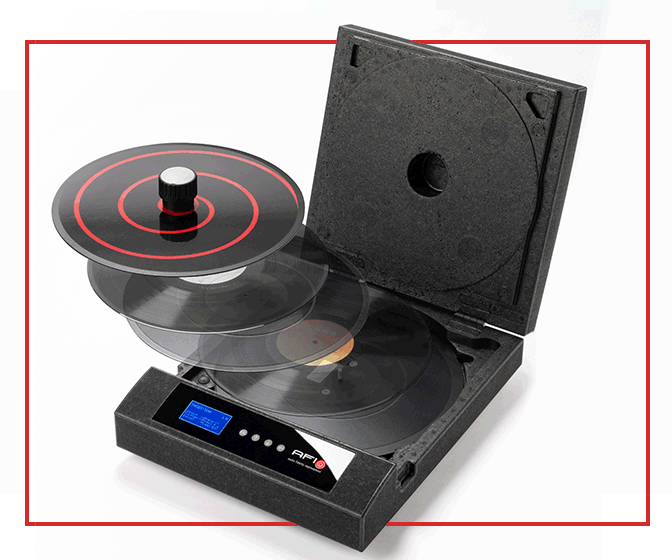

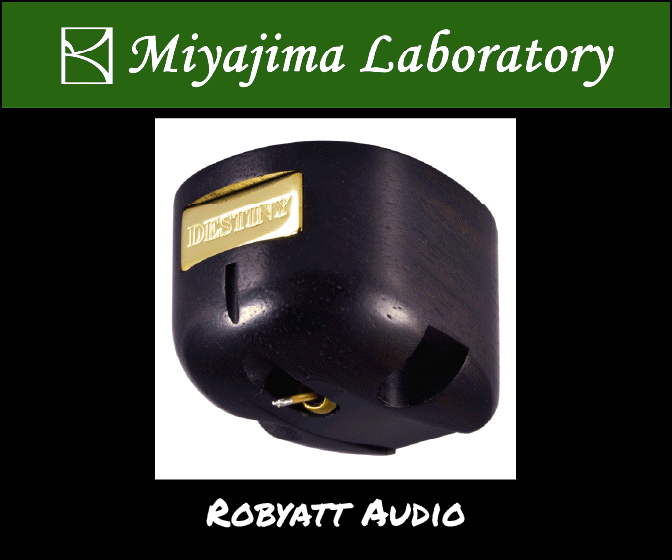





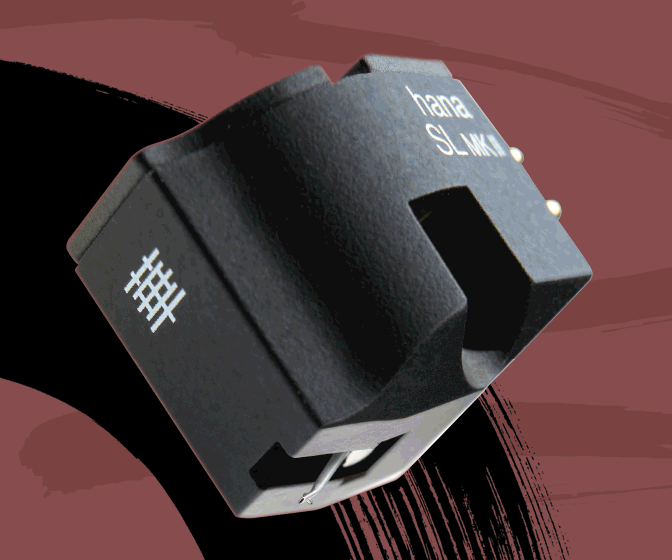

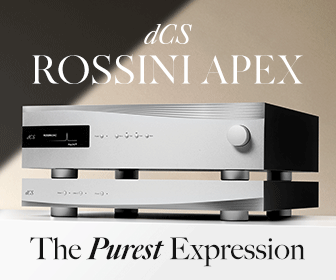




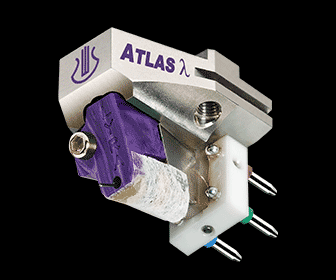

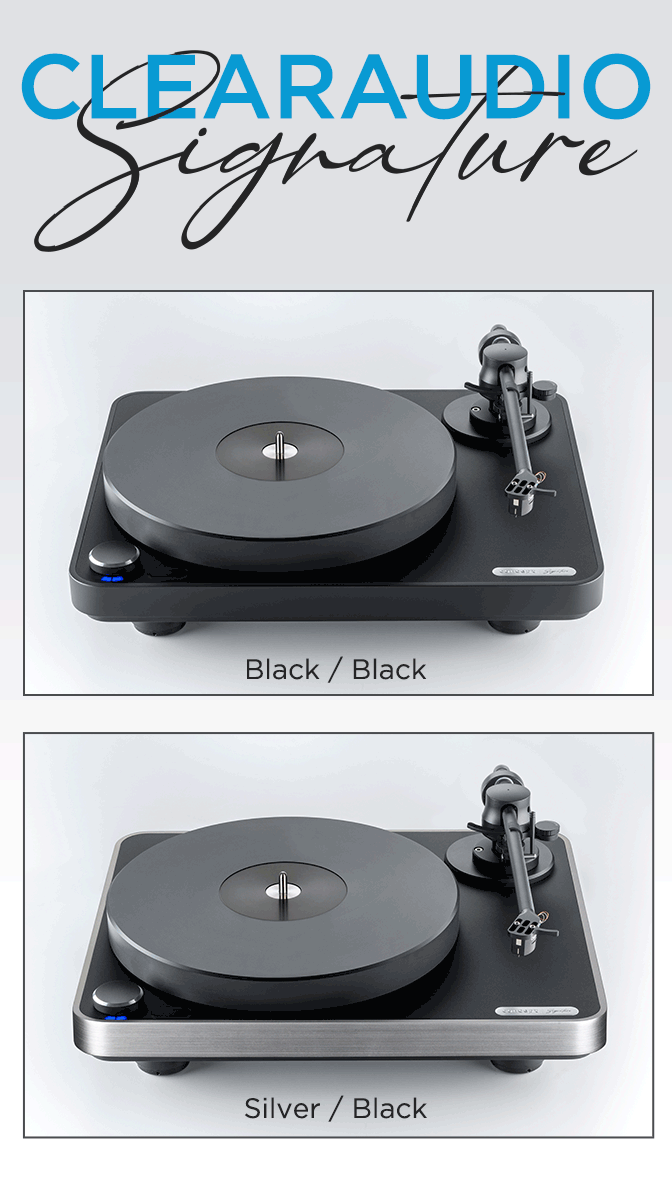



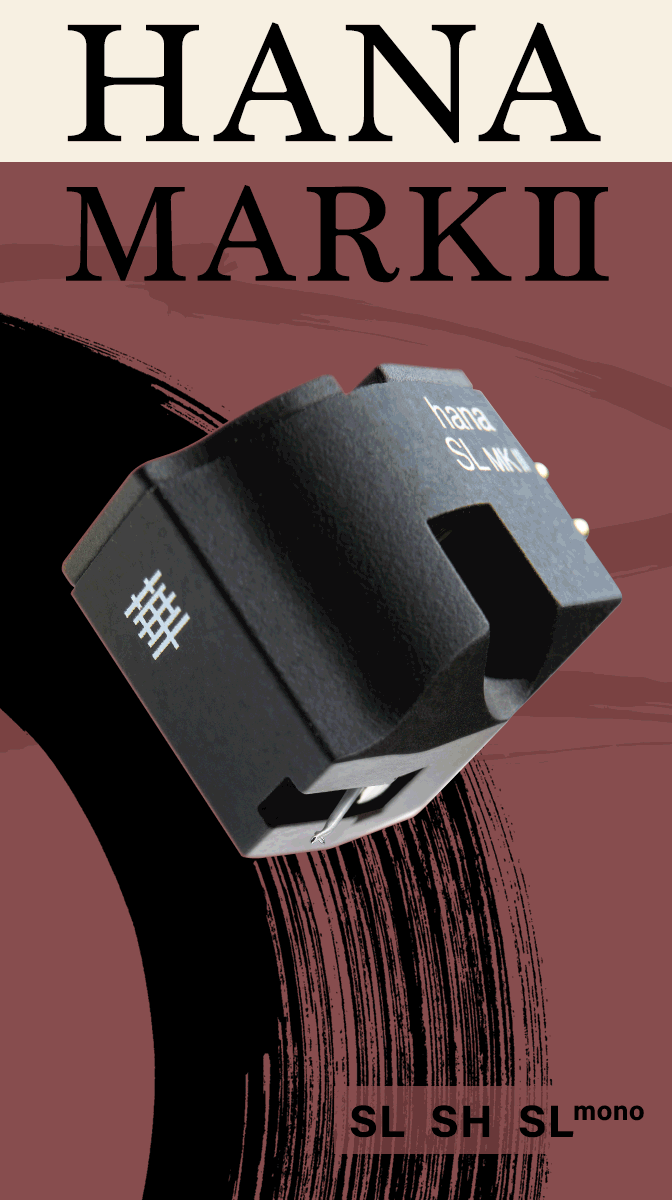


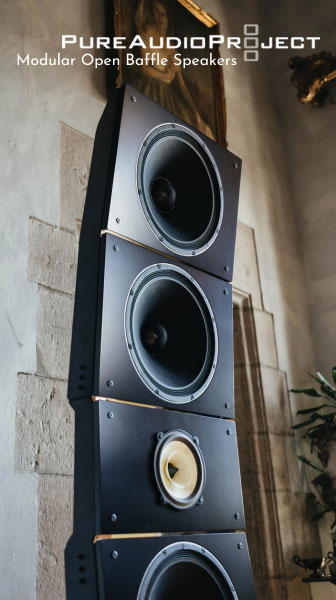






.png)








